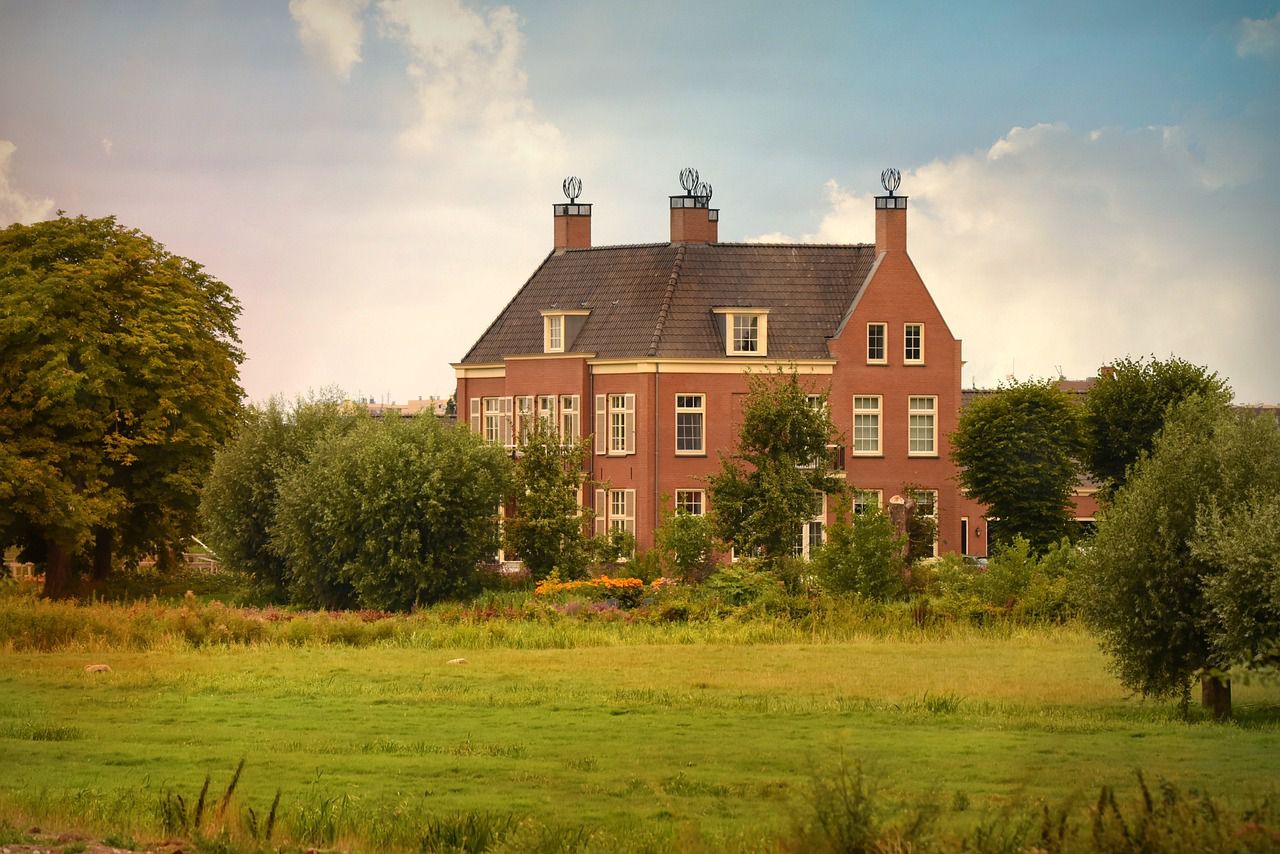Gardening's evolution from a necessity to a hobby is a fascinating journey that reflects shifts in societal values, technological advancements, and changing lifestyles.
Here's how gardening transformed over time.
Well, once it was a necessity.

Subsistence Agriculture
In ancient civilizations, people engaged in gardening primarily for subsistence.
Growing food was essential for survival, and early agricultural practices focused on cultivating crops that could sustain communities.
Feudal System
During feudal times, land was often controlled by nobility, and peasants were allocated plots for subsistence farming.
The cultivation of land was a requirement rather than a leisure activity.
Victory Gardens
During times of war, governments encouraged citizens to grow their food in "victory gardens" to supplement rations and support the war effort.
Then, it became a hobby.
Industrial Revolution
As industrialization advanced, urbanization led to a shift from agrarian lifestyles to factory work.
People began to move away from rural areas, and gardening for food became less necessary as access to markets increased.
Emergence of the Middle Class
The rise of the middle class in the 18th and 19th centuries allowed people more leisure time.
Gardening began to evolve into a leisure activity as individuals had the means to pursue interests beyond mere survival.
Romantic Movement
In the 18th century, the Romantic Movement emphasized a connection with nature.
Gardens became places for solitude, reflection, and communion with the natural world.
Victorian Era
The Victorian era saw a surge in gardening as a pastime.
Elaborate gardens with intricate designs, vibrant flower beds, and exotic plants became a status symbol.












